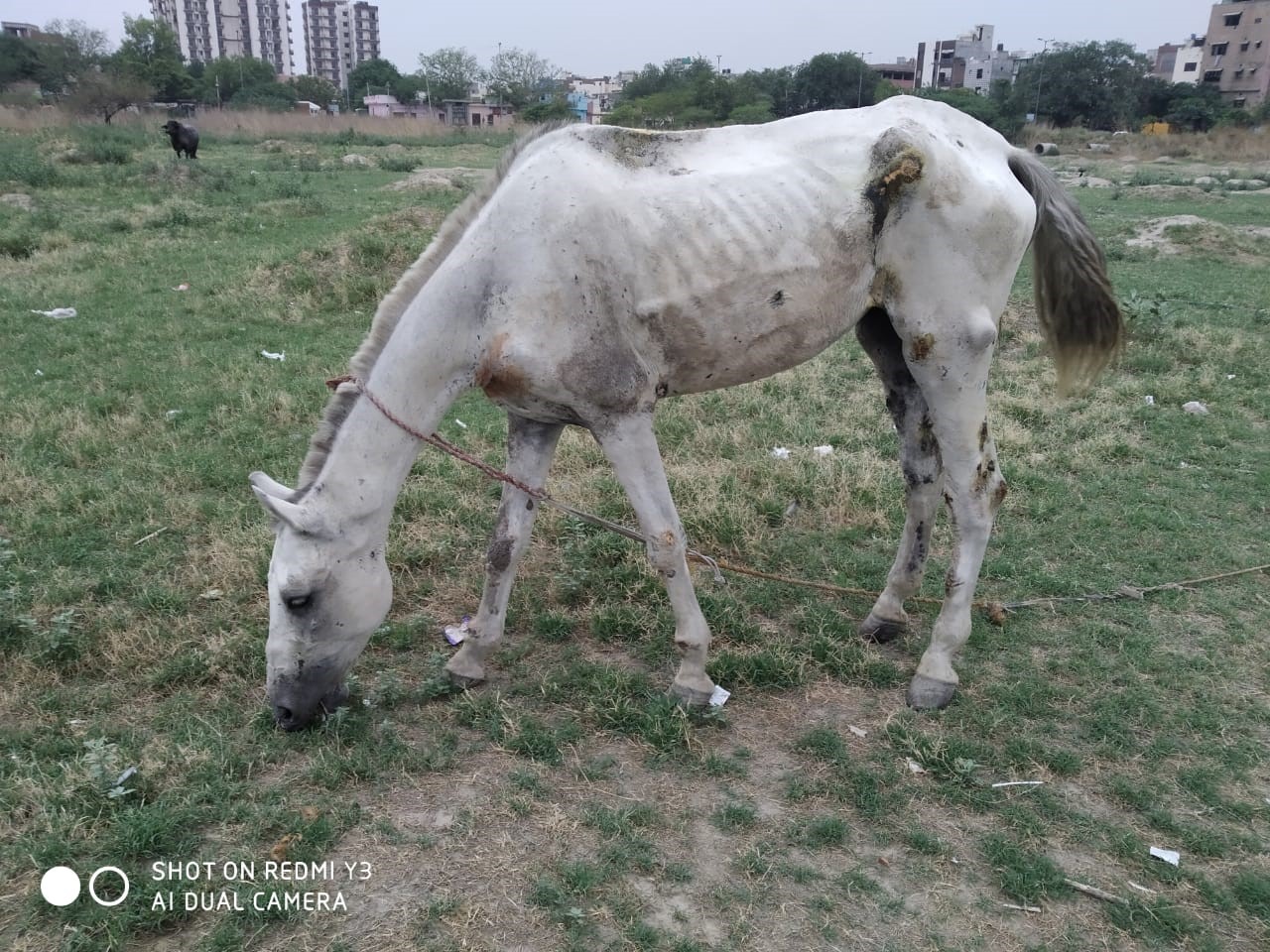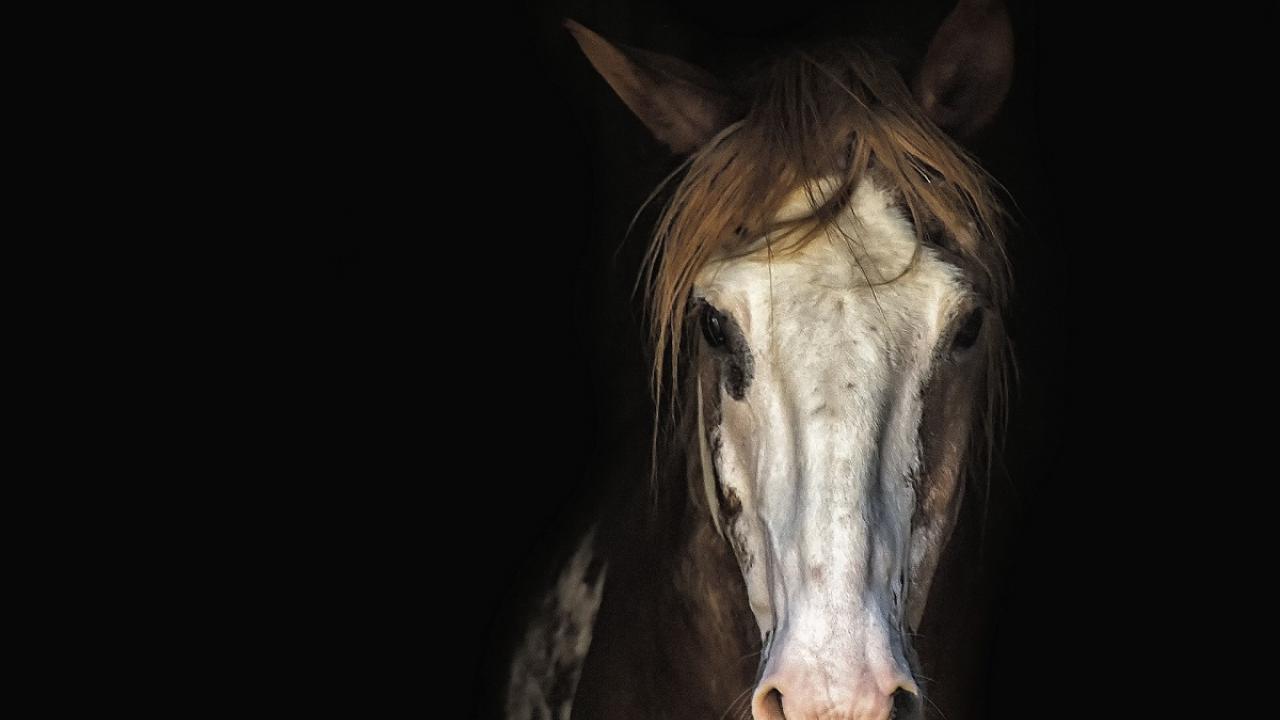On 13 August 1704, nearly three centuries ago, a significant battle was fought in the town of Blenheim between two substantial European powers, England and France. The French were defeated on the battlefield. It was France’s first defeat in half a century. While some European historians have claimed that French unpreparedness may have caused the defeat, others have claimed that Glanders disease among the horses of the French cavalry might have substantially diminished the cavalry’s ferocity. Whatever the reason, ever since, armies have aimed to prevent the spread of Glanders in their cavalries.
What is Glanders?
According to the Centre for Disease Control and Prevention, Glanders is an infectious disease that is caused by the bacterium Burkholderia mallei. While people can get the disease, Glanders is primarily a disease affecting horses. It also affects other animals.
Glanders is among the oldest known diseases found in horses; it also receives a mention from ancient Greek physician Hippocrates around 425 BCE.
How does Glander’s disease manifest in horses?
In the moderate stage of the disease, symptoms include the release of an infectious nasal discharge, followed by septicaemia. In the severe stage of the disease, nasal and subcutaneous nodules develop, eventually ulcerating; death can occur within months.

How is Glanders Disease Diagnosed?
To diagnose Glander’s disease in horses, veterinarians deploy the Mallein test, which was developed specifically to test for Glanders. This test is an allergic hypersensitivity test used as a diagnosis for Glanders. The Mallein test was discovered in 1890 by Kristaps Helmanis and Oto Kalninš.
What is the Cure for Glanders Disease?
Despite in-depth research into the disease, no known treatment for Glanders exists. The only means of controlling the spread of the disease is identifying exposed horses and isolating them from other horses. If found to be infected, the horses are euthanised.

Quick Facts
(Credit: The UC Davis School of Veterinary Sciences)
- Glanders is a bacterial disease caused by the bacterium Burkholderia mallei.
- Infected animals can have nodules, abscesses and ulcers in the nose, lungs, or skin.
- Other animals, including humans, can contract Glanders, and the bacteria is classified as a potential agent of bioterrorism.
- The infection is fatal in most species, and no vaccines are available.
- All horses imported to the United States are tested for Glanders to prevent the spread of the disease.





